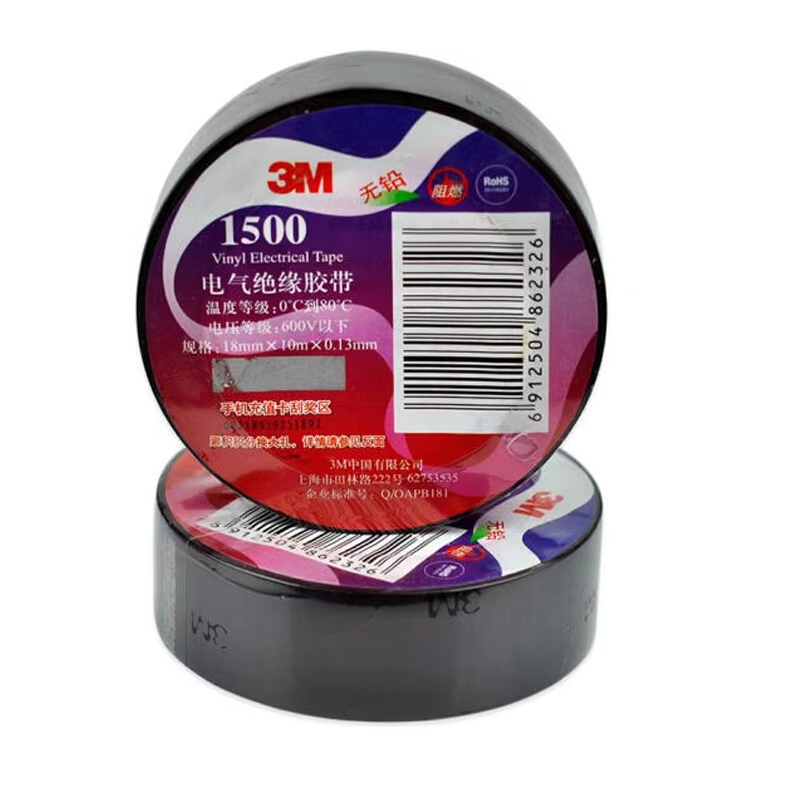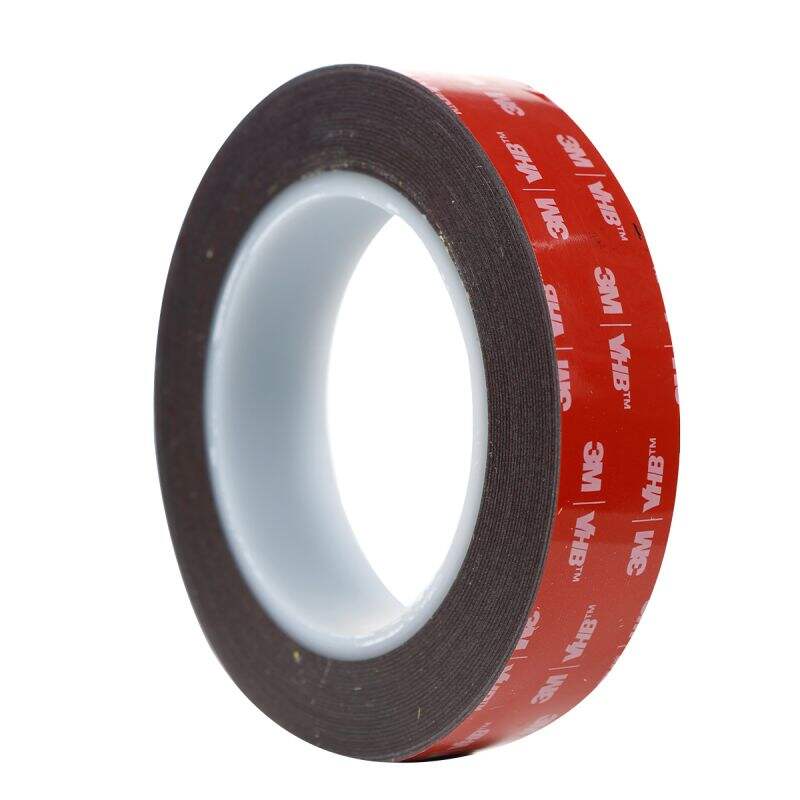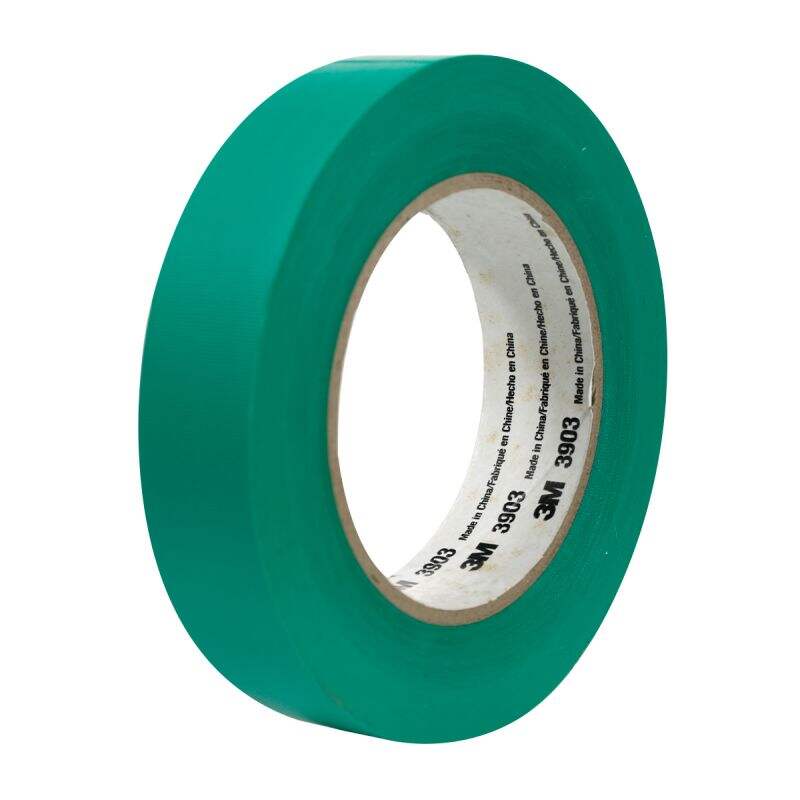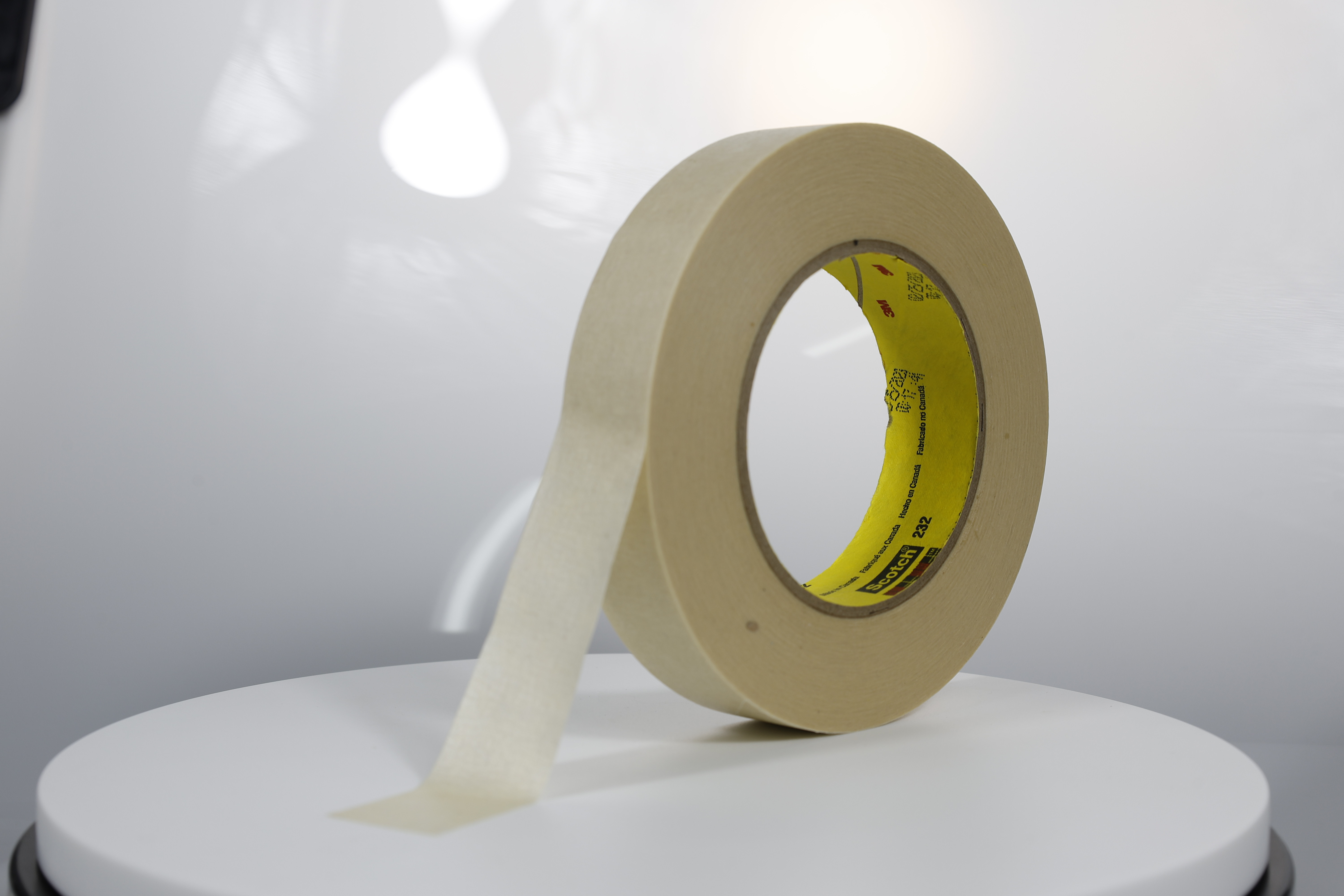Need to secure cables in your data center? Duct tapes are great for quick and tidy cable management.
The Role of Duct Tape in Data Center Cable Management
Why Quick Cable Securing Matters
Quick cable securing is paramount in data centers to minimize downtime during maintenance. Fast and efficient cable management enables technicians to perform tasks without unnecessary delays. Proper organization of cables is essential to prevent tangled wires, which can lead to accidental disconnections of critical systems. According to data center management reports, unplanned downtime can cost enterprises thousands of dollars per minute, making effective cable organization a priority. Furthermore, with rapid access to properly secured cables, troubleshooting becomes faster, helping to maintain optimal system performance and uptime. This systematic approach allows data centers to avoid operational disruptions while also reducing the risk of potential long-term damages.
Duct Tape vs. Traditional Cable Ties
When comparing duct tape to traditional cable ties, duct tape stands out for its flexibility and adaptability in securing cables of varying sizes. Traditional cable ties often require precise sizes for each set of cables, limiting their utility. In contrast, duct tape can accommodate multiple cable dimensions easily, showcasing its versatility in diverse scenarios. Additionally, unlike traditional cable ties that necessitate cutting and additional tools for removal, duct tape allows for quick adjustments without requiring any tools, thus enhancing the ease of cable management. Duct tape's strong adhesion further provides superior holding capability, especially in environments where movement is frequent, adding an extra layer of security where traditional ties might fail. Consequently, duct tape serves as a practical and efficient tool in managing dynamic cable settings in data centers.
Best Practices for Duct Tape Use in Data Centers
Temporary Bundling Techniques
Temporary bundling of cables in data centers is essential for maintaining a clean and organized environment. By utilizing duct tape, we can effectively create organized bundles of cables that are both safe and accessible for future troubleshooting and maintenance. For optimal results, it is crucial to use techniques that keep each bundle distinguishable, facilitating repairs and minimizing downtime. Additionally, considering the placement of cable bundles is vital to avoid obstructing the airflow, which may lead to overheating and potential system disruptions.
Avoiding Adhesive Residue
To prevent complications with adhesive residue when using duct tape, it’s essential to choose high-quality options designed to leave minimal residue. This not only simplifies cleanup efforts but also ensures a clean work environment. Educating the staff on proper tape removal techniques helps in protecting data center surfaces. It's also vital to assess the surface types where duct tape will be applied. By selecting the right tape for the specific surfaces, we can effectively prevent adhesive buildup and maintain surface integrity.
Pairing with Masking Tape for Delicate Surfaces
In scenarios where duct tape might damage delicate surfaces, pairing it with masking tape becomes advantageous. Masking tape offers a gentler adhesive that protects surfaces while providing a strong bond when combined with duct tape for robust cable management. By layering masking tape beneath the duct tape, we achieve substantial support while ensuring the surface remains unharmed. This strategic approach allows us to manage cables effectively without compromising surface integrity, especially in sensitive data center environments.
Top Duct Tape Solutions for Heavy-Duty Cable Management
3M™ Venture Tape™ Cloth Duct Tape 1500: Strength & Versatility
3M™ Venture Tape™ Cloth Duct Tape 1500 is renowned for its high tensile strength and unmatched versatility, making it ideal for rigorous cable management tasks. This heavy-duty duct tape is particularly effective in environments where cables must endure extreme conditions, thanks to its strong backing and high conformability. It's engineered for instant adhesion, reliable performance, and durability, resisting water, wear, and abrasion. Customer testimonials frequently praise its effectiveness in data centers, highlighting its capability to provide robust and long-lasting cable management solutions.
3M™ Vinyl Duct Tape 3903: Flexible & Moisture-Resistant
3M™ Vinyl Duct Tape 3903 is celebrated for its flexibility and moisture-resistant properties, making it a versatile choice for cable management across varied conditions. Its capability to withstand high temperatures and seal against dust and moisture enhances cable protection in environments where humidity could threaten cable integrity. 3M™ Vinyl Duct Tape 3903 is favored in settings prone to moisture exposure, including data centers, as it ensures lasting protection and contributes to prolonged cable life.
The reliable performance of both tapes confirms their value in enhancing cable management efficiency, especially within complex data center environments.
Enhancing Security with Complementary Tools
When to Use Rubber or Insulating Tape
Rubber and insulating tapes provide superior safety when used around electrical components, where duct tape may fall short. Specifically, rubber tape insulates wires and joints due to its elasticity and stretch, making it the preferred choice in settings with high voltage. An insulating tape is designed for electrical insulation, offering robust resistance to various environmental factors, ensuring regulatory compliance and increasing safety.
Combining rubber tape with duct tape can optimize safety and security in cable management. The tactic is to first use rubber tape around the electrical junctions to ensure insulation and then apply duct tape for mechanical protection. This combination provides dual protection: the electrical properties of the rubber tape safeguard against sparks, while the mechanical strength of duct tape provides robust physical protection. Overall, this ensures comprehensive cable management solutions in complex installations.
Painters Tape for Non-Permanent Labeling
Painters tape is excellent for temporary cable labeling, as it leaves no adhesive residue, protecting the cable's surface. When working in dynamic environments like data centers, where cables frequently change, painters tape provides the flexibility required for consistent and clean labeling. Best practices in labeling with painters tape include using clear, bold text and ensuring the label is placed where it is easily visible yet won’t obstruct device connectivity.
A clear labeling system greatly benefits data centers by enhancing maintenance processes and minimizing accidental disconnections. In environments where uptime is paramount, the ability to quickly and accurately identify the function and path of cables can prevent inadvertent disruptions, thereby safeguarding the integrity and reliability of data management operations. By prioritizing well-organized labeling, operational efficiency and service reliability are both significantly bolstered.
Maintaining Airflow and Accessibility
Preventing Cable Spaghetti
Managing cables effectively is crucial to maximizing airflow and preventing potential overheating in data centers. One of the most effective strategies to avoid "cable spaghetti" is through the use of color-coded duct tape. By systematically organizing cables according to color, we can easily identify them, reducing clutter and increasing airflow efficiency. Regular maintenance checks should be conducted to ensure that cables remain neatly arranged and stay within their designated pathways. These routine checks not only prevent chaos but also eliminate the risk of cable hindrances that can impede airflow management. Implementing these practices allows us to maintain a high-performing data center and safeguard against overheating risks.
Transitioning to Permanent Solutions
Transitioning from temporary duct tape solutions to permanent fixtures in cable management is an essential part of a long-term strategy. It demands careful planning, ensuring that we maintain efficiency, safety, and reliability over time. Transition steps include assessing current cable arrangements and selecting from available options for permanent solutions, such as cable trays and raceways. The goal is to find and implement fixtures that provide long-lasting support while adhering to data center standards and safety regulations. Making this shift is appropriate when a data center requires a stable infrastructure that supports scalability and operational efficiency. With adequate planning and execution, permanent solutions can seamlessly replace temporary fixes and ensure sustained cable management success.
Recommended Products
 Hot News
Hot News
-
Pakistan Business Delegation Visits Our Factory, Seals Partnership With Immediate Deposit
2025-04-29
-
TAPE Team Conquers Shenzhen’s Phoenix Mountain: Unity, Ambition, And New Heights In 2025
2025-02-21
-
The Role of Polyimide Electrical Tape in Electronics Insulation
2025-01-21
-
High Strength Double-sided Tape for Secure Bonding
2025-01-15
-
Durable Foam Tape for High-Performance Applications
2025-01-10
-
High Temperature Resistant Masking Protective Tape for Extreme Conditions
2025-01-01







